The National Palace Museum stands as a testament to the rich cultural heritage and artistic legacy of China. Nestled in the heart of Taipei, this museum houses an extensive collection that spans over eight millennia, offering visitors a glimpse into the intricate tapestry of Chinese civilization. With its remarkable artifacts, immersive exhibitions, and innovative experiences, the National Palace Museum invites guests to explore the depths of history while connecting with the essence of traditional culture.
A Treasure Trove of Cultural Heritage

Within the walls of the National Palace Museum lies an extraordinary assembly of historical treasures. Each artifact tells a story—an echo from the distant past that resonates with modern viewers.
Journey Through Time

From Neolithic pottery to contemporary art, the museum’s extensive timeline encapsulates various eras that shaped Chinese society. Visitors traverse through dynasties, witnessing the evolution of art forms, styles, and techniques. This journey is not merely academic; it becomes a sensory experience where one can almost feel the pulse of history reverberating through each piece.
The significance of these artifacts extends beyond their age or craftsmanship. They serve as reminders of the resilience and creativity of human beings across generations. For example, consider a Ming dynasty vase. Its delicate porcelain surface might be admired for its beauty, but understanding its context—the era it was created in, the artisans behind it, and its intended use—adds layers of appreciation. Such insights foster a connection between the visitor and the object, transcending time and space.
The Stories Behind Artifacts

Every item within the National Palace Museum carries with it a unique narrative. Take, for instance, the museum’s extensive collection of jade pieces. Jade has held profound spiritual and cultural significance in Chinese traditions for centuries. The meticulous craftsmanship of these items reflects the skill and dedication of ancient artisans.
Visitors are often drawn to the stories embedded within these works. They provoke thoughts on the lives and beliefs of those who cherished them. Delving deeper into the background of these artifacts fosters an understanding of how art functions within the cultural framework. It also illuminates the ways in which the past informs the present, creating a continuum that enriches our current lives.
The Essence of Traditional Culture

One of the most captivating aspects of the National Palace Museum is its role as a bridge connecting generations to the essence of traditional Chinese culture.
Preserving Traditions
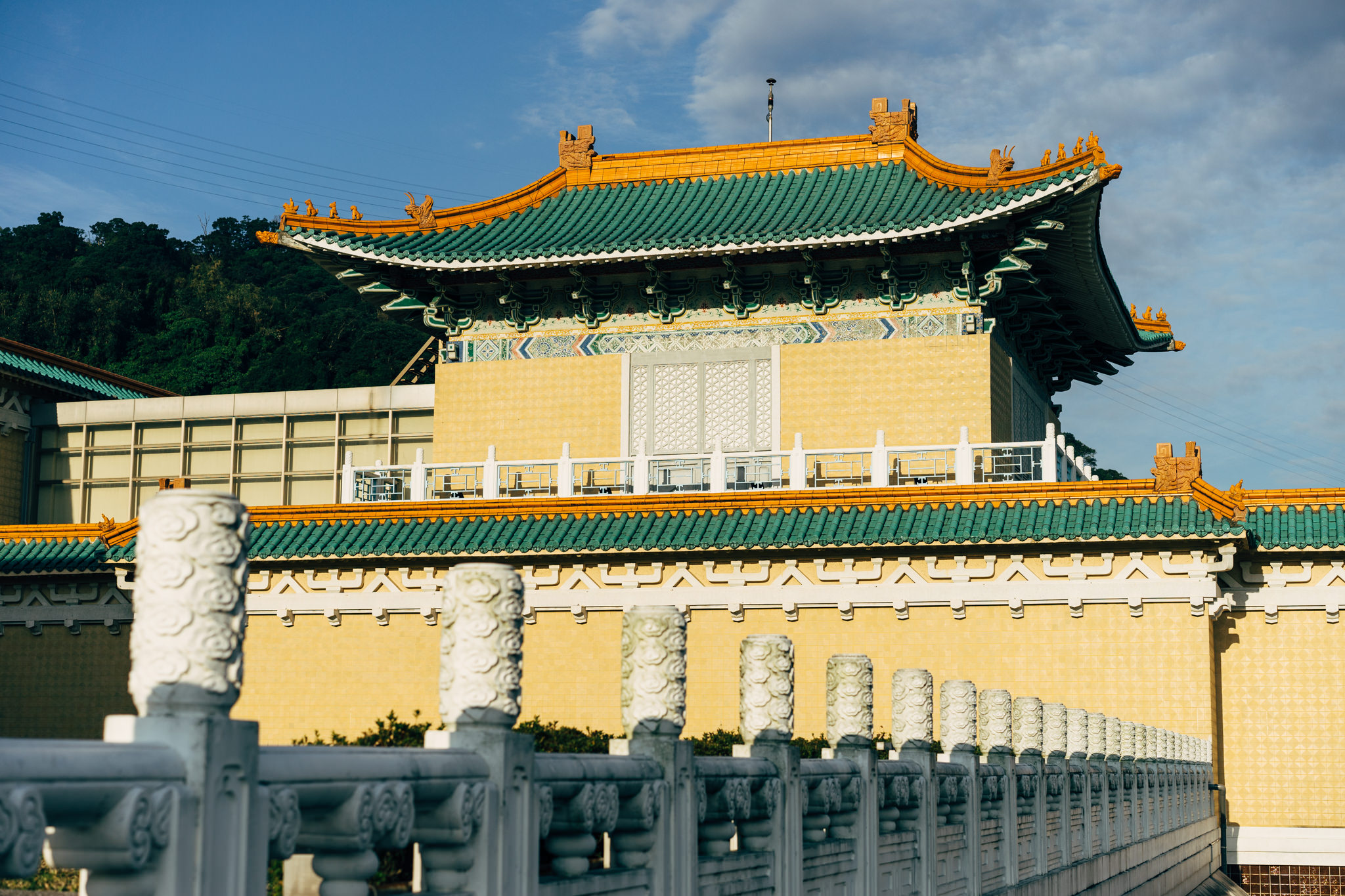
The mission of the museum extends beyond showcasing objects; it encompasses the preservation of cultural practices and traditions. Through interactive exhibits and educational programs, the museum nurtures an appreciation for traditional arts and crafts.
For instance, calligraphy workshops invite participants to engage with this refined art form, grasping the significance of brush strokes and ink. Through hands-on experiences, individuals gain insight into the painstaking process behind each character—a practice that has been revered for centuries. These moments cultivate a deeper respect for the cultural heritage, allowing visitors to carry forward the legacies they encountered.
Connecting Generations
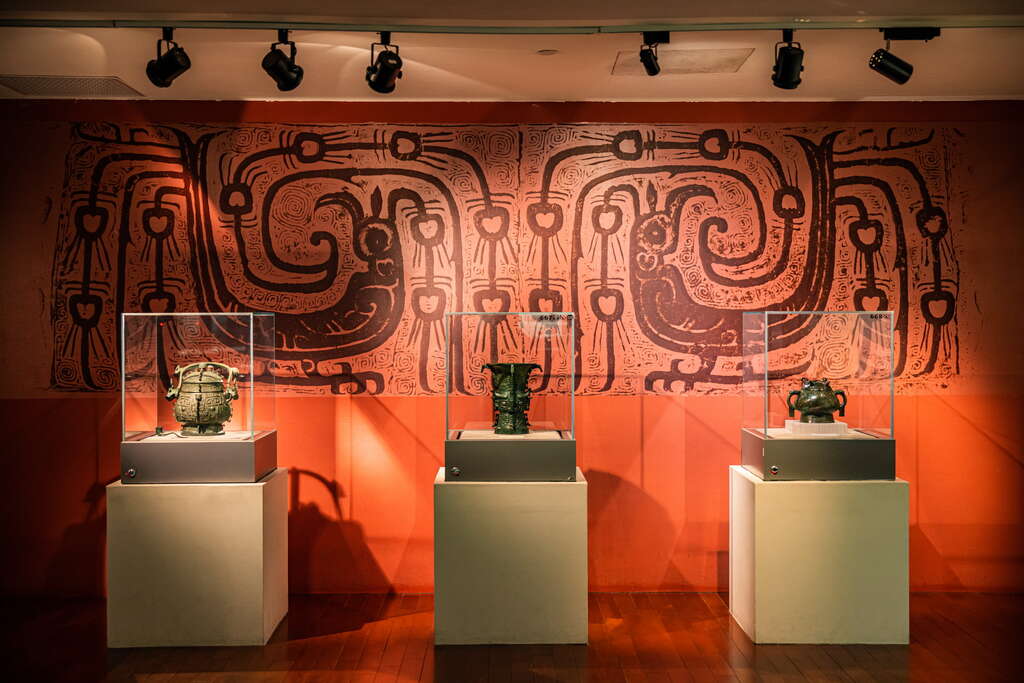
The museum’s ability to connect diverse audiences with traditional culture creates a dynamic environment. Young children marvel at ancient artifacts, while adults reflect on their own heritage. Special exhibitions often blend contemporary interpretations with traditional works, creating dialogues between the old and the new.
This intergenerational exchange fosters a sense of belonging and identity. It reminds us that our lives are intertwined with those who came before us. As visitors contemplate their place within this continuum, they are encouraged to contribute to the ongoing narrative of human expression. In this way, the National Palace Museum serves as both a guardian of traditions and a catalyst for cultural dialogue.
Unique Visitor Experiences

Visiting the National Palace Museum is more than a mere excursion—it is an immersive experience enriched by state-of-the-art technology and thoughtful design.
Modern Technology Meets Tradition

Modern advancements have transformed the way museums engage with their audiences. At the National Palace Museum, virtual reality experiences allow visitors to step inside historical settings, interact with 3D reconstructions, and witness events as they may have unfolded.
This innovative approach piques curiosity and enhances understanding. By seeing ancient rituals reimagined, one can better appreciate the complexities of cultural practices. Such technologies create engaging and memorable encounters, inviting exploration that extends beyond traditional viewing.
Thoughtful Design and Amenities

The architectural design of the National Palace Museum plays a crucial role in creating an inviting atmosphere. Spacious galleries that flow seamlessly encourage leisurely exploration, while strategically placed seating areas provide resting spots for reflection.
Amenities like complimentary storage facilities ensure that visitors can focus solely on their experience rather than being burdened by personal belongings. This attention to detail exemplifies the museum’s commitment to enhancing guest experiences—making each visit comfortable and enjoyable.
Cultural Connections Across Borders
The National Palace Museum symbolizes not only Taiwanese pride but also a shared cultural identity that transcends geographical boundaries.
Celebrating Shared Heritage
By featuring artifacts from various regions, including collections that highlight connections with Korea and other parts of Asia, the museum emphasizes the intertwined nature of cultural histories. This collaborative spirit fosters a greater understanding of the commonalities that exist across different civilizations.
Exhibits comparing Korean and Chinese artifacts illustrate how cultural exchanges have shaped artistic practices. Visitors can visualize how threads of influence weave together, forming a rich tapestry of interconnected histories. This approach not only educates but also promotes global unity and appreciation for diversity.
Reflection on Globalization

In an increasingly interconnected world, the themes explored within the National Palace Museum resonate profoundly. The museum encourages contemplation of how globalization influences cultural expressions, leading to a more nuanced understanding of identity.
The juxtaposition of traditional and contemporary art highlights the ongoing evolution of creative practices. It prompts visitors to reflect on what it means to honor tradition while embracing change. This dynamic interplay serves as a reminder that culture is ever-evolving, influenced by myriad factors ranging from technological advancements to cross-cultural dialogues.
Conclusion
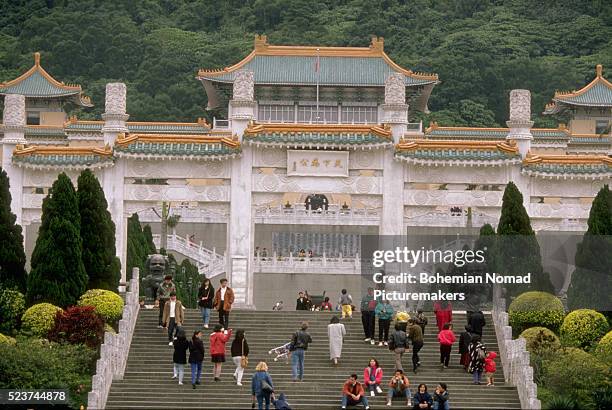
The National Palace Museum stands as a beacon of cultural preservation and celebration, inviting all who enter its halls to embark on a transformative journey through history. From exploring ancient artifacts to engaging with modern technologies, visitors uncover layers of meaning embedded within each piece, forging connections that transcend time and geography.
As we navigate the currents of our contemporary world, the museum’s dedication to preserving traditions and fostering intercultural dialogue offers invaluable insights into our shared humanity. Ultimately, the National Palace Museum not only showcases the grandeur of China’s past but also inspires future generations to appreciate and contribute to the vibrant tapestry of cultural heritage.
✉️ Stay Connected — Subscribe for Weekly Updates
Discover timeless stories, practical wisdom, and beautiful culture — delivered straight to your inbox.
*We only share valuable insights — no spam, ever.

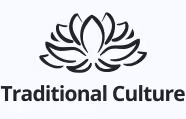
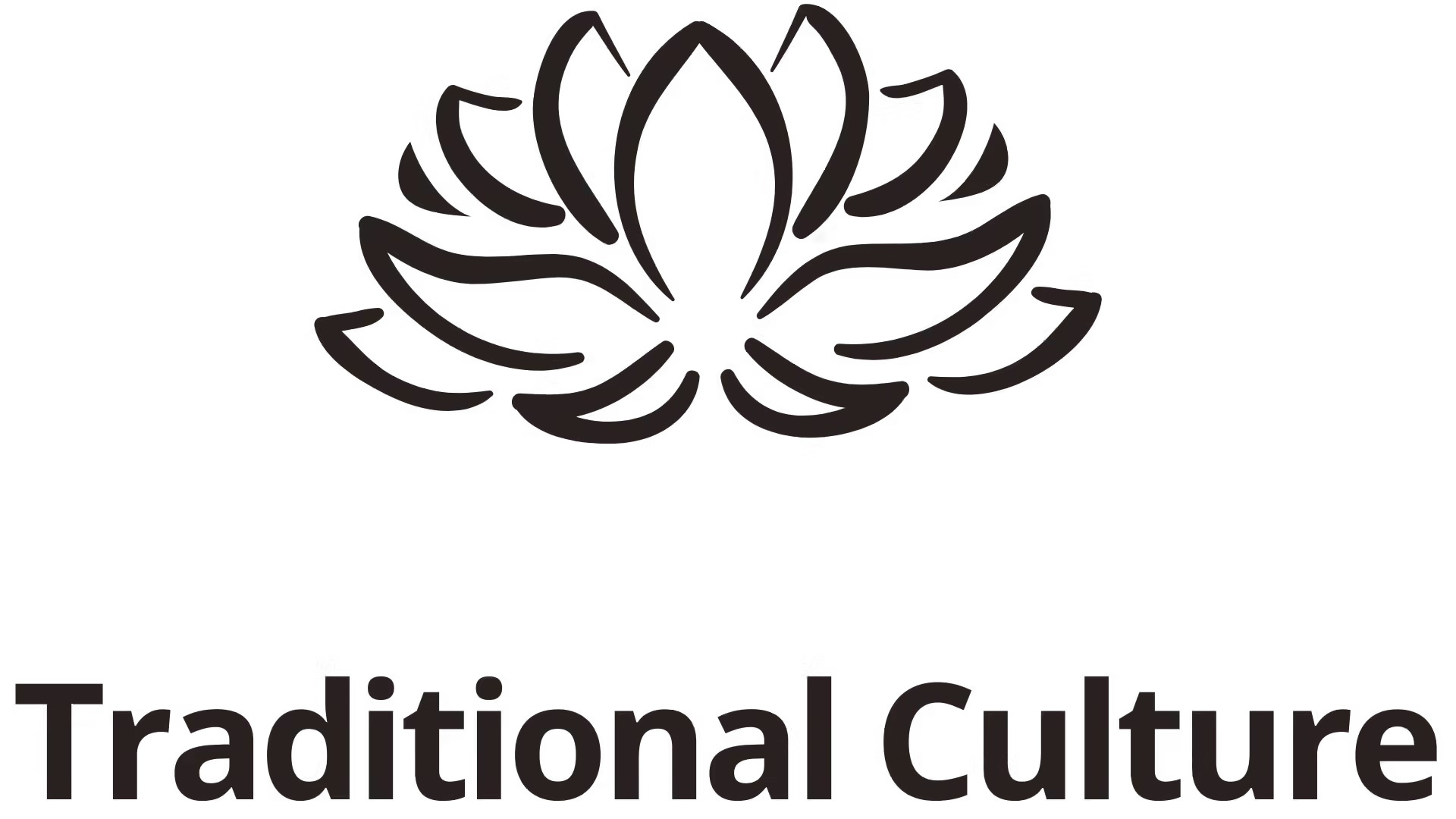


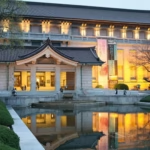

tlover tonet
Tháng mười một 19, 2024Somebody essentially help to make seriously posts I would state. This is the very first time I frequented your website page and thus far? I surprised with the research you made to make this particular publish amazing. Great job!
John Son
Tháng mười một 19, 2024thank you so much
https://tallahasseediamonds.com/
Tháng mười một 19, 2024Hey! Would you mind if I share your blog with my twitter group? There’s a lot of people that I think would really enjoy your content. Please let me know. Cheers
John Son
Tháng mười một 19, 2024Welcome you to share with everyone
drover sointeru
Tháng mười một 19, 2024I was studying some of your articles on this website and I think this website is rattling informative! Keep posting.
vorbelutr ioperbir
Tháng mười một 19, 2024An interesting discussion is worth comment. I think that you should write more on this topic, it might not be a taboo subject but generally people are not enough to speak on such topics. To the next. Cheers
Ereforce Reviews
Tháng mười một 19, 2024Hi there, I found your site via Google while looking for a related topic, your site came up, it looks good. I’ve bookmarked it in my google bookmarks.
akun slot
Tháng mười một 19, 2024I like this post, enjoyed this one thank you for putting up. “The goal of revival is conformity to the image of Christ, not imitation of animals.” by Richard F. Lovelace.
gelatin trick for weight loss
Tháng mười một 19, 2024I have learn several just right stuff here. Certainly price bookmarking for revisiting. I surprise how much attempt you place to create the sort of great informative web site.